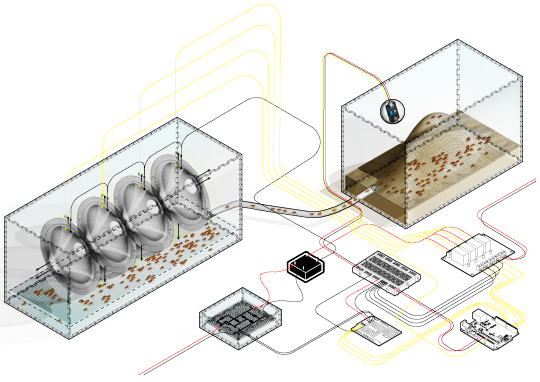
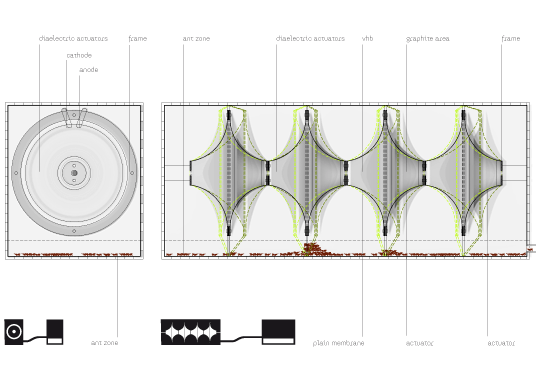
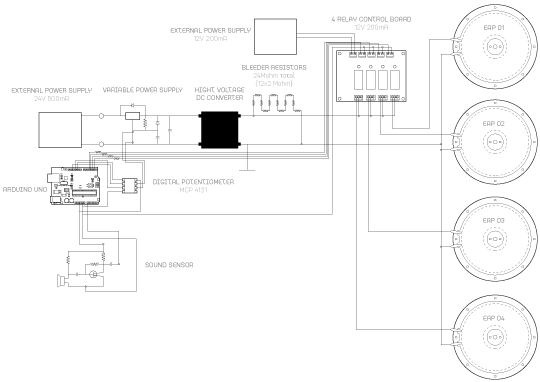

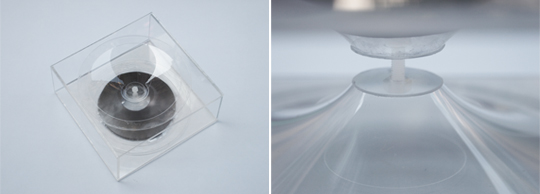

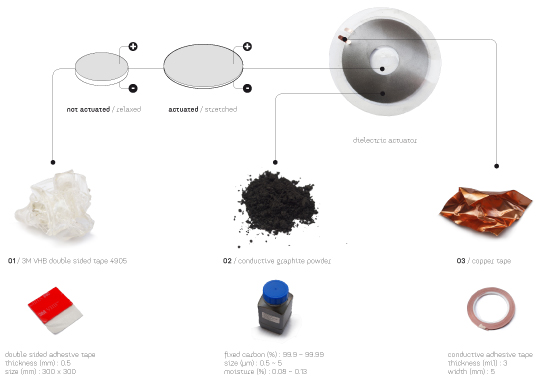

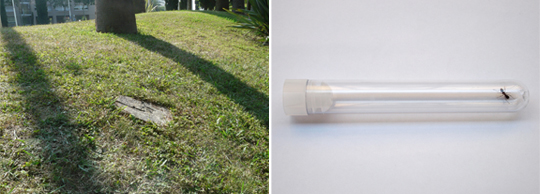
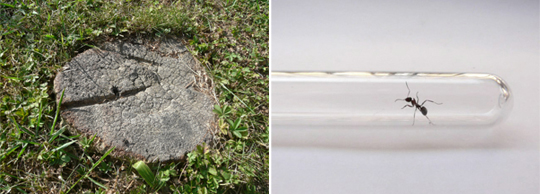

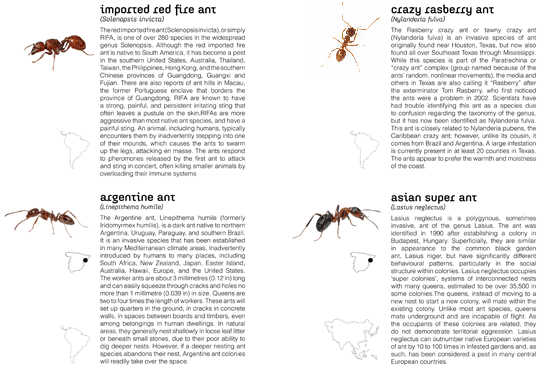

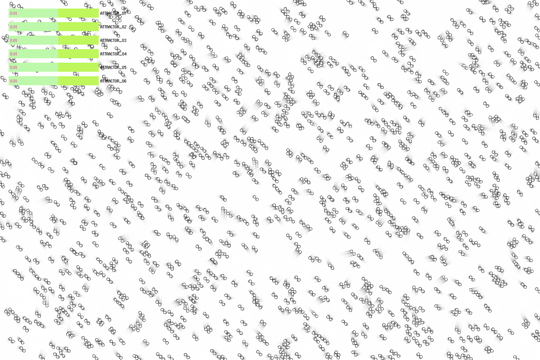
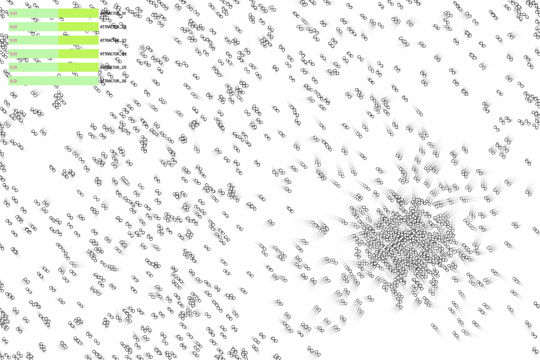
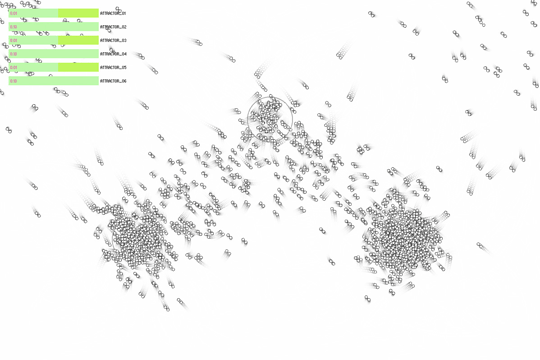
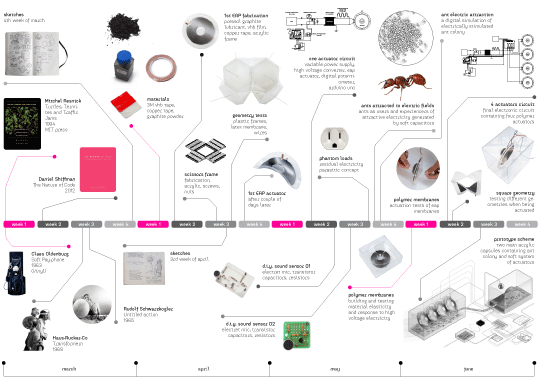

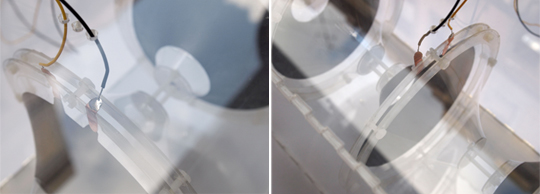
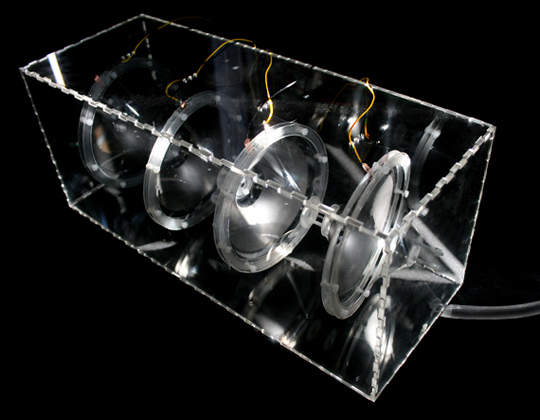

antSimulation_00 from martin lukac on Vimeo.
Electric anthologies final video from martin lukac on Vimeo.





















antSimulation_00 from martin lukac on Vimeo.
Electric anthologies final video from martin lukac on Vimeo.
July 2013,
–
behaviour inside the hybrid environment via various forms of attraction
There is an interesting phenomenon in the nature. Certain species of ants are attracted to the electric fields created by the high voltage devices. They tend to build nests close to the high voltage switch boxes, invade the electrical equipment, short out electronic gadgets, cut through the metal wires. No one really knows why.
Research studies have been done on this phenomenon. Some claim this happens because particular species of ants are capable of detecting electromagnetic fields and may even use the Earth’s magnetic field as a directional cue as they search for food and nest locations. Their attraction to the man-made electrical devices may be an accidental evolutionary byproduct of this natural ability. Their behavior is still incomprehensible to us. We perceive them as a threat which would invade our homes, build the nests in our electrical devices and cause a damage. My idea is quite the opposite.
What if these ants were the users to design for? What kind of habitats whey would like to inhabit? Would I be able to design an environment in which they would enjoy their attraction to the electrical fields without causing any damage and harming one another?
I think of an object which would contain this micro environment, providing food, nest and also an object which could create the electrical field in which they could interact. An object which could also form a sensory communication with the ant colony, could react to they presence and based on that it could provide the amount of electricity.
The final object installment. Two acrylic capsules interconnected, one containing ant colony, other one with a series of capacitor membranes forming an electric field when being actuated. Rather than an ant habitat model, this is an encapsulated experience for ant species attracted to electric fields. Sound sensor could actuate the capacitors based on the activity of ants. The system could detect ant activity and regulate the intensity of electric field and thus influence the behavior of ants.
Testing the elasticity of VHB polymer film membranes attached to the planar surface. This method could be applied to the system of polymer actuators inside the final object prototype.
Electroactive polymers (EAP) when stimulated by an electric field, these polymers exhibit a change in size and shape. Can be used as actuators or sensors. Diaelectric elastomers are material systems producing large strains. They transform electric energy into mechanical. These capacitors consist of elastomer film sandwiched between two compliant electrodes. When voltage is applied the electrode squeeze the elastomer film. The film contracts in the thickness direction and expands in the plane direction. When short-circuited elastomer film returns back to its original position.
During my quest for ants in Barcelona, I was lucky enough to discover a large and unique ant nest in the small park near the Ciutadella Vila Olimpica. Inhabitants of this colony are species of Asian super ant or invasive garden ant (Lasius Neglectus). We managed to capture few of them for research. After research and shooting of the video footage we returned the ants to their nest.
By applying the attraction-repulsion code from the Nature of Code publication by Daniel Shiffman, I try to simulate the possible behavior of the fire ant colony when exposed to the electric fields. Six attractors represent six capacitors forming the electric field. When voltage is applied, electric field of each capacitor starts to attract the ants. Different voltage loads applied to the capacitors cause the swarm of ants instinctively choose the strongest source at the time. When capacitors are off the ants dissipate rapidly.
Research and project timeline.
Ant simulation video
Final video of Electric Anthologies
thesis tutors:
Carlos Goméz, Xavier González
collaborators:
Alex Posada, Bohumil Bohunický, Guillem Camprodon, Alfonso Borragán,
David Dalmazzo
enthomology:
Xavier Espadaler